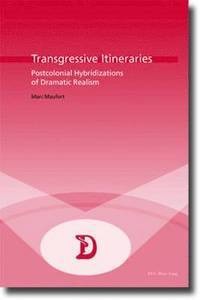
Liknande böcker
Visual Aids in the Productions of the First Piscator-Buhne, 1927-28
Bok av Sheila Mcalpine
This analysis of four major productions by Erwin Piscator, Hoppla, Rasputin, Schweik and Konjunktur (1927/28), examines the nature of his pioneering visual effects. The films, projections, cartoons, elaborate sets and machinery - here designated 'visual aids' - are shown to have a didactic function. They 'frame' the action politically, thus evolving a sophisticated new theatrical method. Comparison with Brecht's work establishes differences of emphasis in the approach to a common goal. Piscator's montage of disparate elements is seen as a vital contribution to epic theatre.







